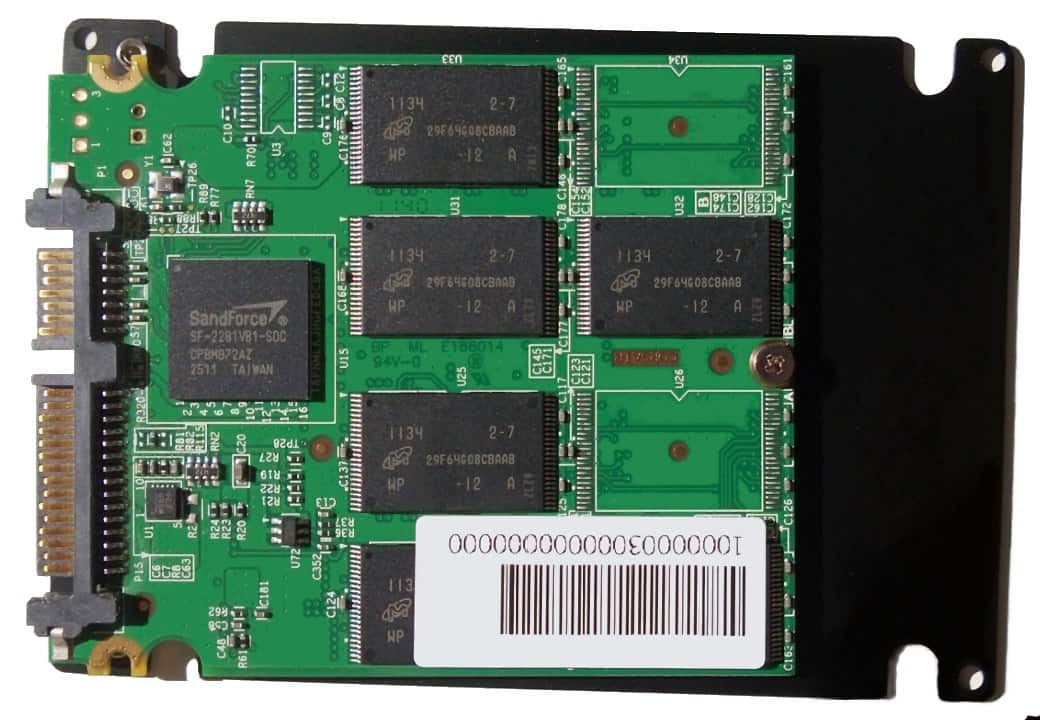At eProvided, we’re one of a few companies that recover NAND data from any device. NAND flash recovery has become essential. But what does this actually mean? What is a NAND chip? Let’s take a look at the technology. In addition, let’s discuss the methods of recovery our experts used to retrieve important data and files.
What is NAND Technology
We may take for granted the huge range of technology available to us today. We’re snapping away using the high-performance camera integrated into our smartphones. We’re playing video games (that would only have been available on expensive consoles a decade earlier) on our tablets. On the other hand, we’re looking back through hundreds of photos on our computer. Simply stated, modern technology allows us to enjoy great conveniences.

Memory is Personal and Needs Securing.
However, much of this is down to the evolution of NAND technology: NAND Flash microchips store all of our key information, in digital cameras, in laptops, phones, tablets, USB drives, and in Solid State Disks (SSD). Many electronic products use NAND flash memory now, to fantastic effect, allowing us to download, upload, and manage data directly on our devices, all with smooth, fast performance. Thanks to the way in which NAND Flash memory’s designed, it experiences a gradual wearing-out process. Thus, flat-out failure is less common. You may notice your device begins to show a decline in its performance. Thus, the NAND memory is ready to be exchanged. When this happens, you can buy fresh memory to add to the device.
As more and more NAND innovations are sure to take place, particularly as the consumer’s demand for high-performance, cost-effective phones and tablets increases, technology will continue to offer greater and greater storage options for our data — just try to imagine how many photos or videos you’ll be able to store on your phone or tablet five years from now.
NAND Flash Recovery for SSDs
NAND technology creates for a faster, more reliable storage option. Gamers, small business owners, and consumers alike should all know SSDs are the way to go. Not only does SSDs offer greater capacity than traditional drives. They consume less energy on read and write operations. NAND recovery engineers retrieves data from bad blocks, as well as deleted data.
Like their predecessors, SSDs are prone to failure. Logical damage to an SSD consists of loading unreasonably slow,and constantly crashing. Not to mention, the dreading “No boot device” error messages, or the drive becomes read-only. eProvided manages scenarios like this and plenty more. Although, SSDs don’t have moving parts, physical damage is possible. NAND recovery from a physically damaged SSD requires experienced SSD recovery engineers. NAND chips must be removed, and copied to another storage device. If anything caused damage to the SSDs controller chip, or if there’s any logic board failure, we will find the answer.
A solid state drive (SSD) doesn’t have any moving parts. Therefore, its data is stored in NAND flash cells within the SSD. There are 3 types of interfaces for SSDs. One being mSATA, another is NVMe, and PCIe. Although, some SSDs do come with SATA interfaces, like M2 drives. A SSD with physical SATA ports will have two connectors, a SATA data connector, and a power connector. You can also find SATA interface in laptops. All SSD form factors are recovered at eProvided. While SATA- based SSDs are common, you’ll find out that PCIe has real cutting edge speeds. Almost all new desktop PCs now have M2 slots with PCIe interface. With that said, our experienced data recovery engineers can restore deleted, corrupted, and missing data from any NAND SSD.

NAND Data Recovery
At eProvided, we can manage NAND flash recovery of data from any storage device. We also specialize in hard drive recovery solutions. We can complete this between one and three days (or, perhaps, even less) after receiving your device at our lab, retrieving data which may have been overwritten or formatted; depending on the amount of damage your hard drive has taken, we can still recover data from those which are unrecognized by your computer.
Our process for retrieving data from hard drives is somewhat complex: SSD drives incorporate tiny NAND Flash microchips to reconstruct data taken from various NAND wafer sets, which are then unscrambled by algorithms – we actually reassemble them to give you your NAND files as they were originally! This is doable with your external hard drives too, not just those packaged with your computer.
Our team will recover your data regardless of its state. In addition, we retrieve files which have been corrupted. eProvided recovers files from hard drives in various states of disrepair. Whether you’ve lost a vital essay, a collection of beloved photos, a video you’ve worked on for hours, or anything else, we’ll use every technique available to us to help you. We only charge recovery fees for retrieving data you don’t already have — your satisfaction is paramount. Just send your damaged memory device or hard drive to us, and we’ll get your data back.
Call us for help
With over twenty years in the industry, we’ve become a leading choice for advanced data recovery, with a range of high-profile clients making frequent use of our services. We always work to explore the latest, most innovative techniques, to ensure we help our customers to the very best of our abilities. Have questions? Want to discuss your data-recovery needs? No problem – just give us a call at 866–857–5950.

